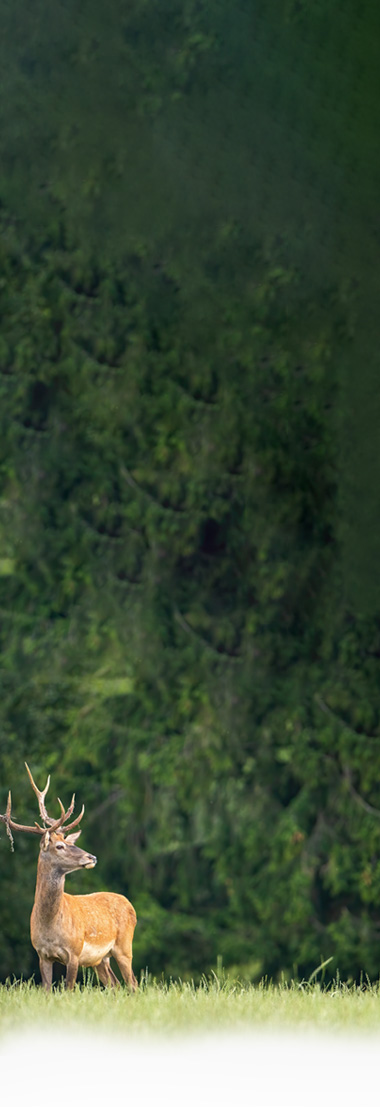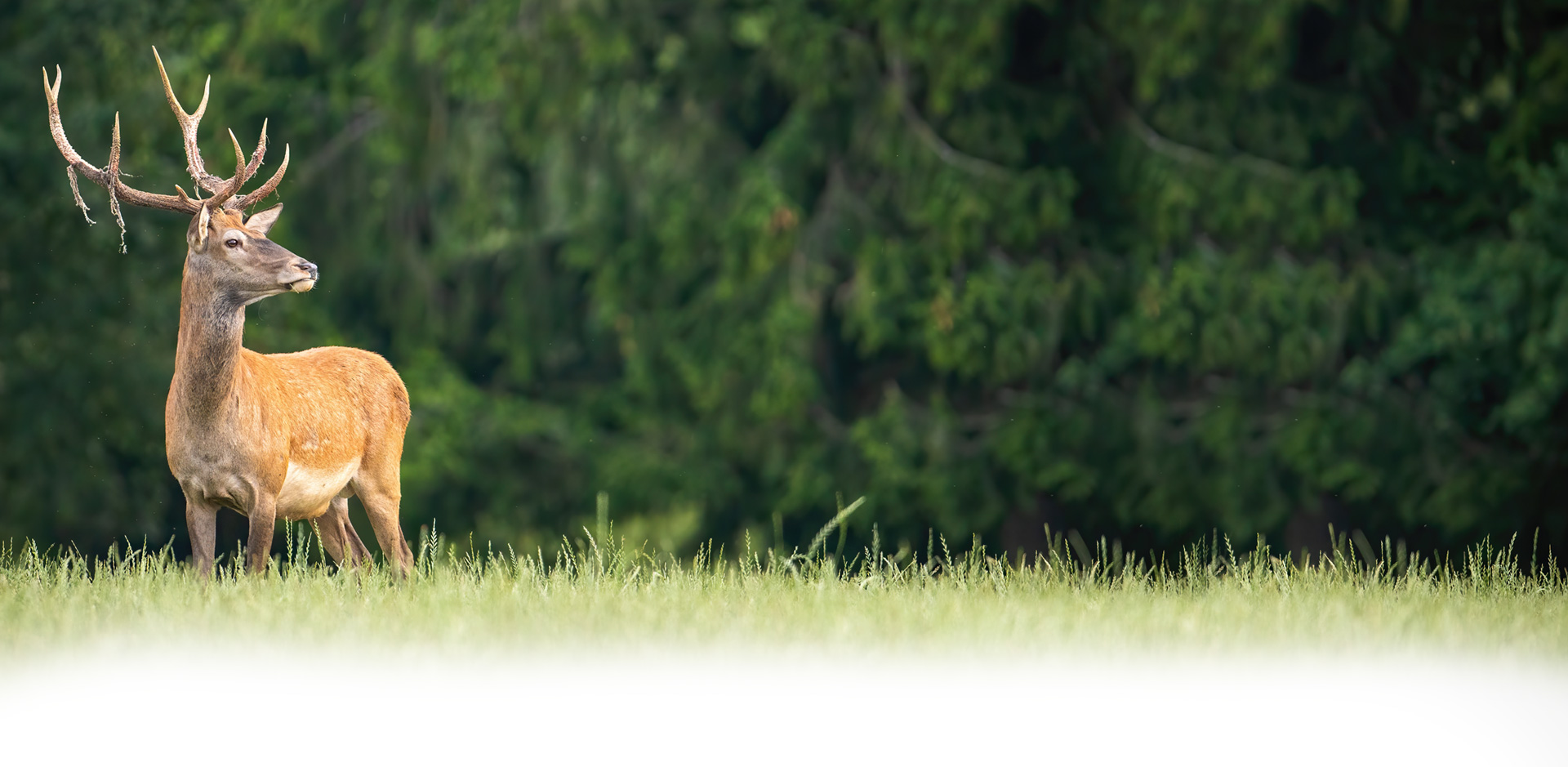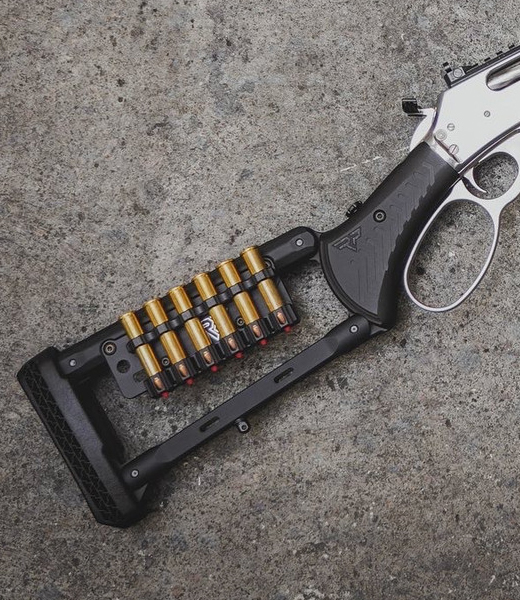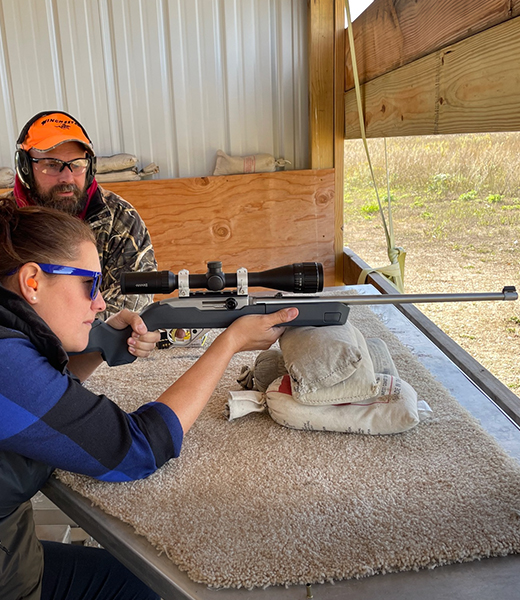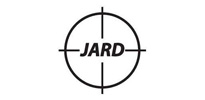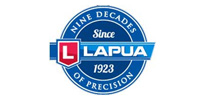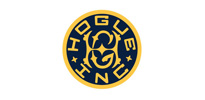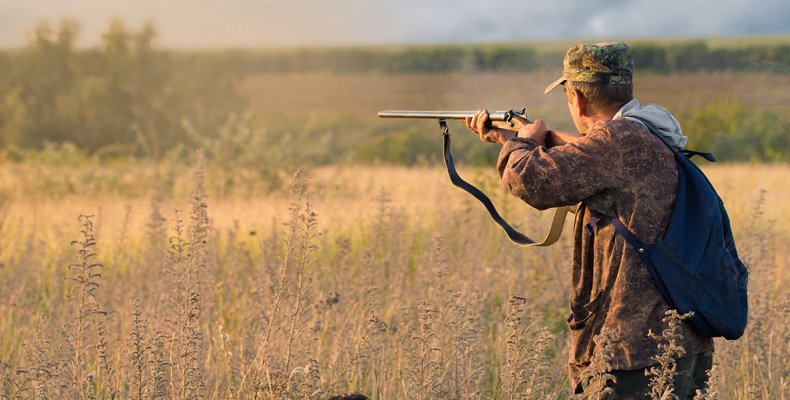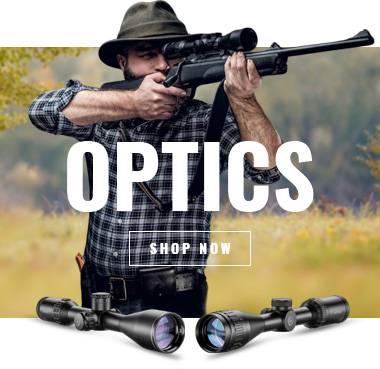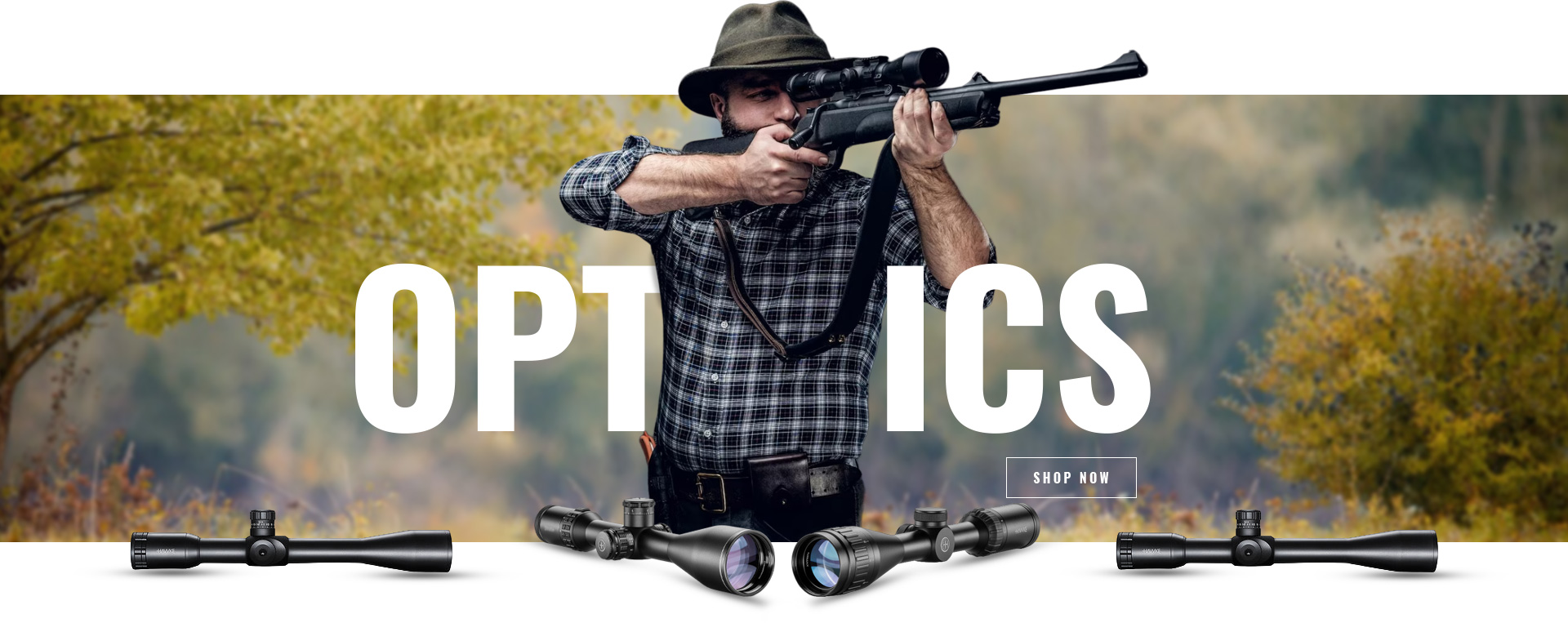Customer Reviews
3 Shot Group at 100 Yards
3 shot group 100 yards with my new [EABCO] 450 Bushmaster Barrel for my Encore, cleaned after every round. Very happy can’t wait to get barrel fully seasoned and try my Hornady hunting rounds. Great job EABCO.
- Scott
July 2023
these are a blast. .30 cal sabot
Picked up a bag of these a few years back- and over the past holiday season decided to shoot up what I had loaded for fun. I had forgotten how much fun you can have with these. So ordered some more. current load is 41.5 grain H4198 Under a Nosler RDF 70 grain. But run 40 grain under Hornaday Z Max or their like 50 grain projectiles. If wanting something fun to load up - give em a whirl. water jugs, cinder blocks, steel plates- all a blast to shoot.
- Graham Hill
Nov 2023
Great AR15 barrel
EABCO barrels are always a good investment and I've never purchased a bad one! This 400 Legend is no exception and this one shoots great, too. If I had any complaint it would be the 9/16x24 thread....can't find anything to fit it in terms of a muzzle brake.
- Jeffrey Lay
Oct 2023
Celebrating 40 YEARS of Accuracy
